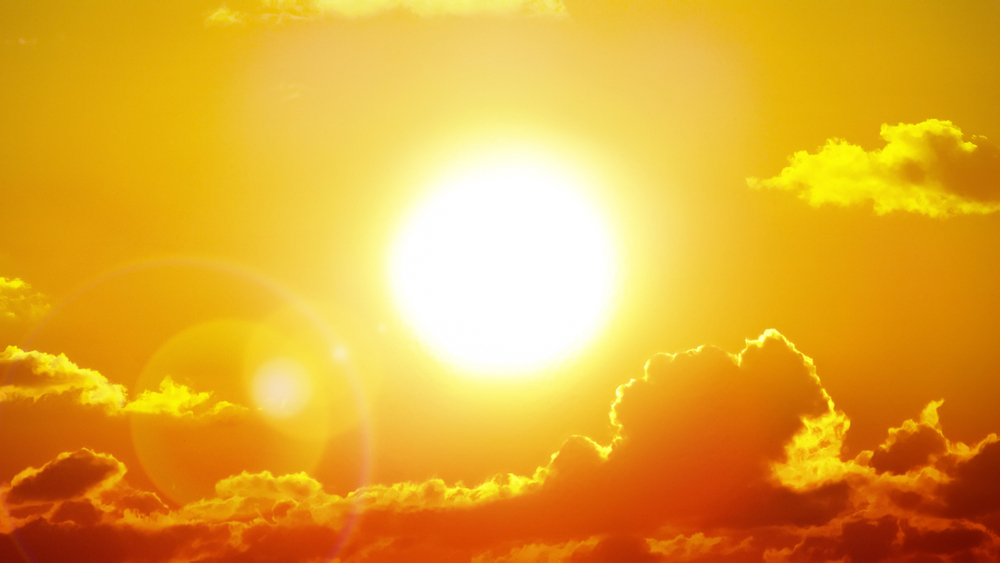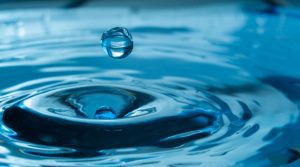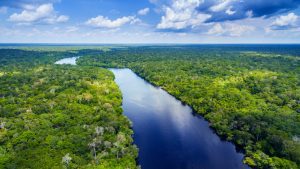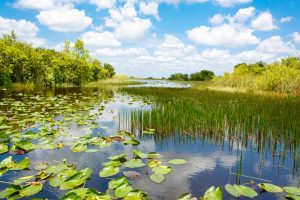The sun is abiotic. To explain, biotic means all living things, including fungi, bacteria, animals, and plants. All inanimate components of an ecosystem, such as rain, wind, soil, and water, are considered abiotic.
Therefore, since the sun is inanimate, it is abiotic.
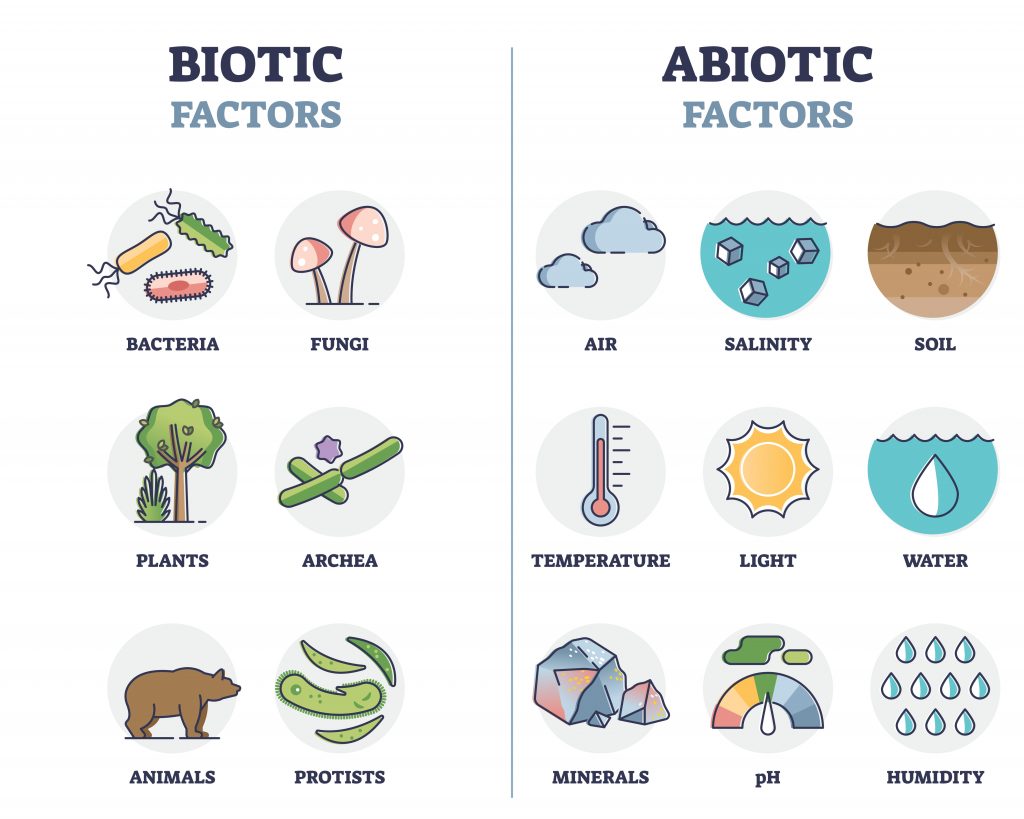
Table of Contents
How biotic and abiotic factors work together
Animals can walk, crawl and slither across most of the Earth. Plants thrive in all kinds of places, from the prairies to the bottom of ponds.
However, it isn’t just living things that make an ecosystem thrive. Many non-living things, called abiotic factors, also affect ecosystems.
Abiotic and biotic factors can be compared to the bear’s porridge from Goldilocks; everything must be just right for life to thrive.
To flourish, many animals require a specific set of abiotic elements. Imagine a snake in the Gobi Desert.
Because it can move through the sand and loose soil by twisting its body, it will be right at home in this dry environment. It can also hide under rocks to avoid heat.
Yet other snakes are nocturnal, meaning they hunt and move about at night when the sun isn’t shining. Suppose someone transports one of these desert-living snakes to a Himalayan peak.
Without the dry climate, loose soil and other abiotic factors the snake is used to, it might soon die.
Abiotic factors affect humans too

Like other animals, humans also need certain abiotic factors to live comfortably and survive. First, oxygen is essential for breathing; human cells are powered by our breathing.
The sun’s ultraviolet radiation harms human cells, but fortunately, Earth is mainly shielded from these rays.
Ultraviolet radiation can cause cancer and genetic damage. The Earth is protected from ultraviolet radiation by its thick atmosphere.
How abiotic and biotic factors change over time
Abiotic factors can also change as ecosystems evolve over time.
For example, as carbon dioxide dissolves in the sea, the ocean’s pH (acidity) in certain parts of the world changes too. Since the Industrial Revolution, parts of the ocean have seen a thirty percent increase in acidity.
Coral reefs are affected by this increase in acidity because some creatures, like corals, cannot adapt to it. Acidic waters can also cause damage to other animals like marine snails.
Their protective shells are literally dissolved.
Humans also know how to alter many environments’ abiotic factors. One example is how people change abiotic factors in a room or building by turning on the air conditioner.
Another example is adding salt to a road to melt snow.
How the sun is a major abiotic factor
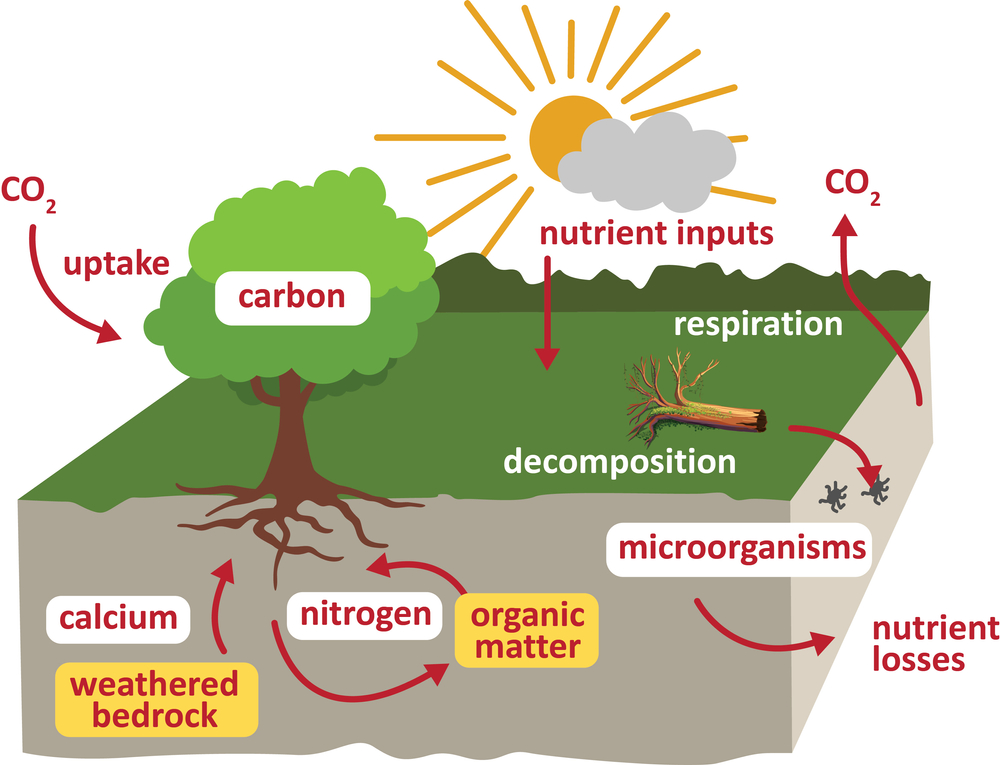
Climate, soil, topography, and natural disturbances are the four main abiotic components.
Climate consists of weather patterns, rainfall, wind patterns, the strength of the sun (temperature), and the average amount of sunlight received in a particular area.
These abiotic factors have the most impact on major ecosystems such as aquatic, plant, and desert ecosystems, to name a few.
The primary energy source for the earth is sunlight, making it an important abiotic factor. Photosynthesis is dependent on sunlight.
It involves the conversion of carbon dioxide (CO2) into sugar by plants using sunlight and water. Plants themselves then become food for various animals, even humans.
How the sun has a major abiotic influence on aquatic ecosystems
Aquatic ecosystems are certainly influenced by sunlight. Photosynthesis is the procedure by which plants convert light into energy.
Plants need light to enable them to do photosynthesis. Another way that the sun is important to aquatic ecosystems is the success of predators in finding food.
Where visibility is poor due to low sunlight, it may be harder for many predators to find their prey. On the other hand, too much sunlight can kill the plants that feed the prey.
It is all a delicate balance.
What is the effect of sunlight on aquatic organisms?
Many abiotic factors interact with each other. For example, sunlight affects temperature and, consequently, algae growth.
Many aquatic organisms depend on algae for important resources, including food and habitat. Excessive exposure to UV (ultraviolet) radiation can cause damage to cells and decrease survival rates.
Is temperature a major influence on aquatic organisms?
Because of its impact on water chemistry, the temperature is also crucial. Higher temperatures are associated with a faster rate of chemical reactions.
Oxygen does not dissolve in warm water as well as it does in cold water, so the warm ocean and seas may not have enough oxygen to sustain different aquatic species.
The sun is the major and most reliable source of heat (underwater volcanoes also provide many large aquatic ecosystems with warmth).
The ice caps and icebergs are the polar opposite of the sun. These bodies of ice cool down the oceans around them.
Why is the sun so critical to ecosystems?
The sun is an important part of the abiotic conditions within an ecosystem. Our planet’s primary source of energy is the sun.
To better understand some of the content below, remember that the frequency of visible light is higher than that of infrared frequency.
Is the sun the only essential abiotic factor for aquatic ecosystems?
The sun is by no means the only essential abiotic factor in all ecosystems. Apart from it, two other crucial abiotic factors are necessary for the health of aquatic ecosystems.
These are ocean hydrothermal vents, phytoplankton, and…water!
Phytoplankton is a source of food minerals for countless other species of ocean dwellers. Of course, water is the environment in which all these creatures live.
Without water, there cannot be aquatic ecosystems in the first place!
What is the primary productivity in a marine ecosystem?
Primary productivity in a marine ecosystem is determined by the phytoplankton and algae.
If anything damages or ruins a marine ecosystem’s primary productivity, the ecosystem itself could be catastrophically affected, even destroyed.
Humans could annihilate marine ecosystems by fighting a global thermonuclear war. The resulting nuclear winter would block sunlight for decades, if not centuries, and all primary producers in the ocean would die.
This would lead inextricably to the end of all marine life.
What is the essential energy source in aquatic ecosystems?
Nearly all ecosystems use light energy (sunlight) as their primary energy source. This is the energy used by green plants (plants that contain chlorophyll) during photosynthesis.
This is a process in which plants make organic substances by combining non-organic substances.
The sun as an abiotic factor in plant ecosystems

The term “abiotic environment factors” describes factors derived from non-living environments and directly or indirectly affect living organisms such as humans, animals, and plants.
This term is distinguished from “biotic,” which refers to living factors that impact the environment.
To clarify, common examples of abiotic environmental variables are sunlight, humidity, air velocity, oxygen, and temperature.
These factors affect plants and can affect particular aspects such as germination, flower formation, and growth. Both the biotic and abiotic factors must be balanced to achieve the desired results when breeding and growing plants.
The requirements for each type of plant are different. Shade-loving plants like those in a rainforest require high humidity levels, while light-loving plants prefer dry air.
How sunlight affects flowering plants
The abiotic factor sunlight is essential for plant growth and vital for flowering. Plants use light to transform inorganic substances such as CO2 and water into organic materials like glucose, amino acids, and lipids.
Light has a distinctive spectral structure that is essential for photosynthesis and the foundation for plant life.
It is important to note that every plant has different needs regarding the intensity of sunlight. Shade-loving plants can reach their maximum photosynthetic potential with low light intensity.
However, light-loving plants need high levels of light to thrive.
Understanding the sun’s radiation spectrum is essential to understanding how plants respond to light.
The radiation spectrum of sunlight and how it affects plants
The electromagnetic radiation emitted by natural sunlight occurs at particular wavelengths and intensities. Light’s electromagnetic spectrum is much wider than visible light (see above).
It reaches its apex at approximately 500 nm (nanometers). The energy level of light waves is less than that of shorter wavelengths. Optimal plant growth requires the entire range – the whole spectrum – of natural light.
How artificial sunlight from man-made sources can help in plant growth
When using artificial lighting, it is common to focus on wavelengths between 450 nm and 660 nm. These wavelengths are generally believed to provide the energy required by plants for photosynthesis, growth, and flowering.
A 1972 study found that the energy levels of the blue and red wavelengths are insufficient to support the full physical development of flowering plants.
The study examined 22 types of plants and found that carbon-fixation, a critical part of photosynthesis, needs almost all the visible spectrum of light for success.
Consequently, when growing flowering plants in artificial environments, it is crucial to provide the widest light spectrum to support healthy, balanced, and sustainable plant growth.
However, old-style grow lights only offered red and blue wavelengths, which the 1972 study revealed could not be that effective.
New lighting systems offered green, yellow, red, and blue frequencies in the intervening years.
The new lighting systems closely matched the wavelength spectrum of sunlight and provided lighting conditions similar to the natural environment.
How the duration and strength of sunlight affects plants
Other important factors for artificial lighting success are light intensity and exposure time.
Each plant’s individual needs will determine the light intensity and exposure time, as both can significantly impact flowering and plant growth.
Photoperiodism studies have shown that shorter-term plants are more sensitive to light than longer-term plants.
Grow lights using LED technology are extremely well-suited for the above requirements because they operate with the help of state-of-the-art semiconductors.
Other scientifically approved full-spectrum lights provide near-flawless replica natural sunlight with high-efficiency modes, long durability and dependable operation.
Do grasslands’ abiotic factors differ from those affecting ordinary plants?
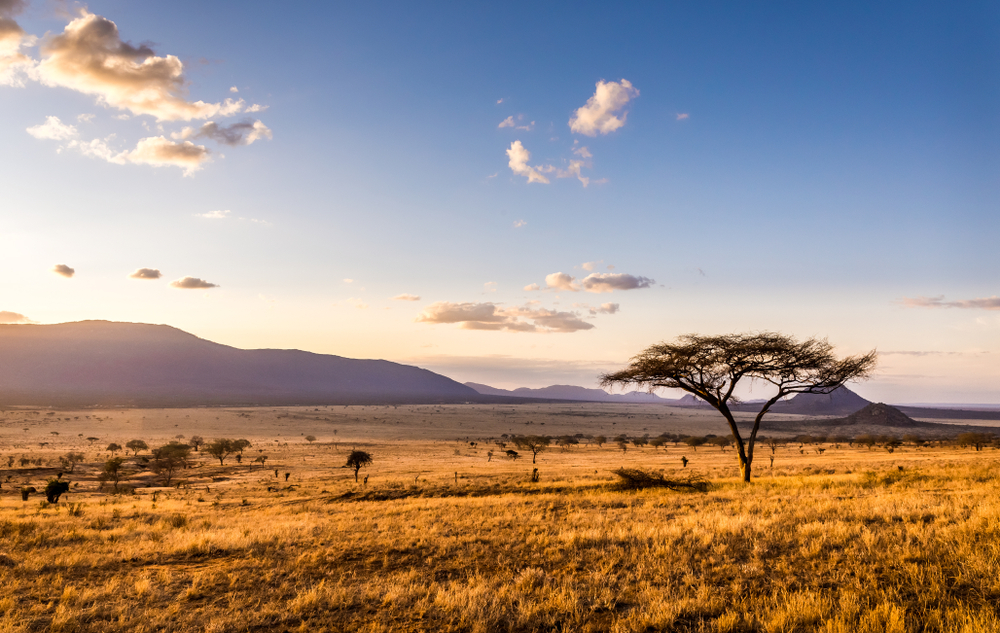
Low rainfall, wildfires, and livestock grazing are all factors that help maintain grasslands. A grassland climate is ideal for the growth of grass only.
Low precipitation rates are sufficient to feed grasses but not enough to create a forest.
The sun and other abiotic factors that affect grasslands
Light, carbon dioxide, and water are the most important abiotic elements for grasslands, as they affect their growth.
Grasslands’ vital abiotic factors are light, carbon dioxide, temperature, and water. The climate of the biome type also depends on how the sun shines.
How sunlight affects the climate of grasslands
Climate occurs because the earth “wobbles” on its axis, and at different times of the year, some places on the planet are closer to or further away from the sun.
Near to the equator, however, the distance to the sun remains more-or-less the same, so the temperature hardly changes throughout the year.
Tropical grasslands enjoy warm weather all year and typically have two seasons: summer and winter.
They get four inches of rain on average each season, and their latitude location determines the amount and duration of sun exposure. Grasslands are particularly wet in the summer when they receive the most rain.
The sun as an abiotic factor of deserts

Surprisingly, the sun is not the main abiotic factor that creates a desert. It is rainfall–or, more accurately, the lack of rainfall–that creates deserts.
The most significant environmental constraint in desert ecosystems is their limited water supply. Deserts typically receive less than 20 inches of rain per year.
Desert environments require plants and animals to survive without water for long periods. Cacti, for example, have to keep water in their stems so they can survive dry spells.
Sunlight as an abiotic factor of deserts
The sun’s rays can shine intensely in desert areas due to the absence of clouds and the sun’s position. Other desert landscapes have more complicated terrain, like sand dunes or mountain ranges.
They also have more extensive plant cover, such as forests of tree-sized cacti, sometimes resulting in complex patterns of light and shadow.
Microclimates are determined by the intensity and degree of sunlight at a particular spot.
Microclimates can differ markedly from their immediate surroundings because they are unique and have limited features. Such climates often have a profound impact on plants and animals.
Temperature as an abiotic factor of deserts
Temperature fluctuations can be quite severe in deserts, especially over 24 hours. Deserts are not protected by humidity or cloud cover because they lack moisture.
After sunset, the desert that is boiling hot during the day can drop to zero or below at night! Deserts can be difficult for organisms that cannot adapt to such temperature fluctuations.
So, is the sun biotic or abiotic?
By now, it should be clear that, since the sun is not a living thing, it is abiotic. However, the sun’s importance to living things cannot be overstated.
If the sun did not exist, neither would any living thing on Earth. The sun is an essential abiotic factor, from the composition of its light that feeds plants, to providing warmth and driving the climate.

